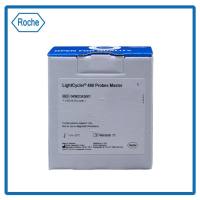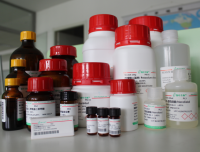Detection of Enterococci in Freshwater and Seawater (16S and 23S rRNA Enterococcus Oligonucleotide Probes)
互联网
互联网
相关产品推荐

Roche 4887301001 LightCycler 480 Probes Master 10x 5ml 探针法实时定量试剂盒
¥13200

(23S, 50S)-((((9H-芴-9-基)甲氧基)羰基)氨基)-23-(叔丁氧基羰基)-2, 2-二甲基-4, 21, 26, 35, 44-五氧代-3, 30, 33, 39, 42-五氧杂-22, 27, 36, 45-四氮杂五十一烷-51-酸;1662688-20-1;98%;V61281-100mg
¥96

stxA2/stxA2蛋白Recombinant Enterobacteria phage 933W Shiga-like toxin 2 subunit A (stxA2) (E189K)重组蛋白Verocytotoxin 2 subunit A Verotoxin 2 subunit A rRNA N-glycosidase 2蛋白
¥2328

γ-氨基丁酸试剂盒,用于样本中GABA含量检测,微量法,GABA Content Detection Kit
¥358

Oxacyclohexadec-13-ene-2,6-dione, 4,8-dihydroxy-5,5,7,9-tetramethyl-16-(1E)-1-methyl-2-(2-methyl-4-thiazolyl)ethenyl-, (4S,7R,8S,9S,13Z,16S)-;S26148--
¥1040
相关问答
相关方法

